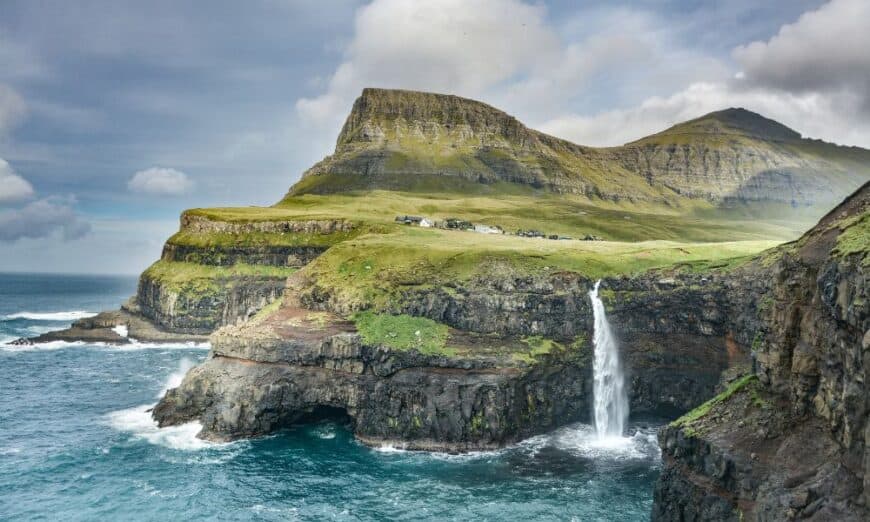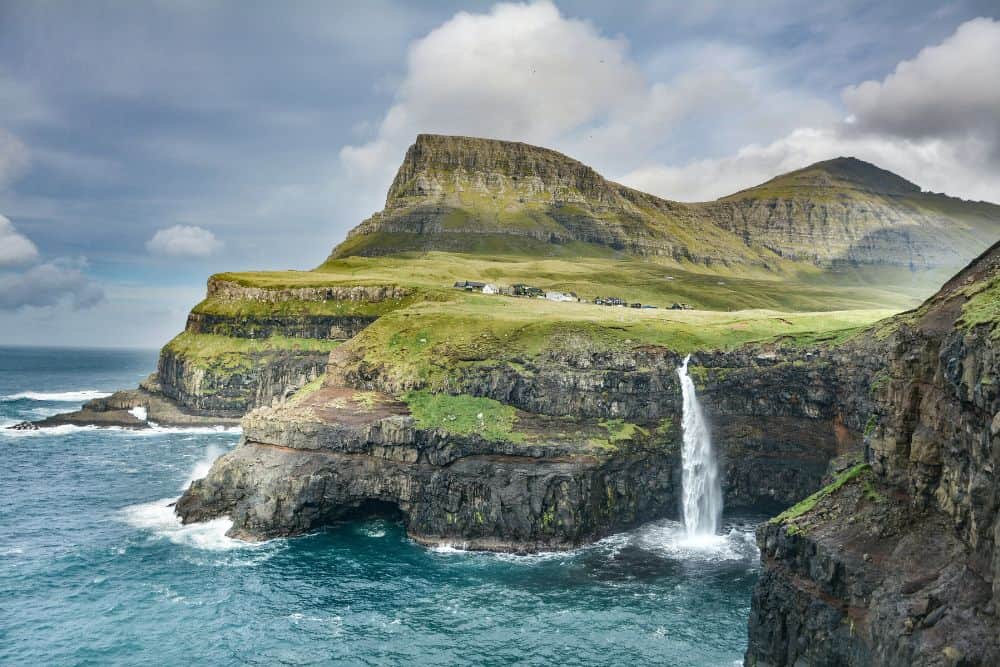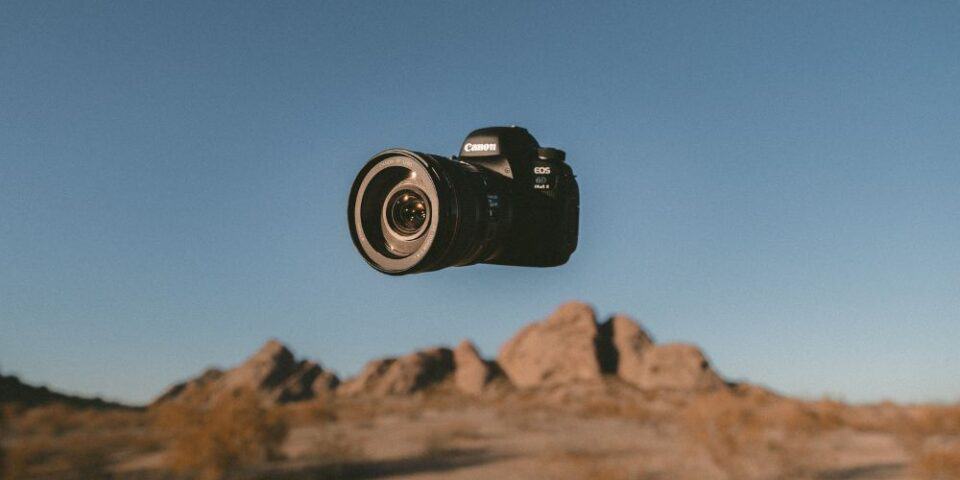Landscape photography is a mesmerizing and timeless art form that has captivated photographers for generations. It’s no wonder that so many individuals are drawn to the allure of capturing the beauty of nature in all its splendor. This article explores expert tips and techniques that will help you elevate your landscape photography to new heights.
Scout Your Location
Before you even pick up your camera, take the time to explore your chosen location thoroughly. Visit it at different times of the day and in various weather conditions to understand the lighting and the potential for different compositions.
Choose the Right Camera Body
Invest in a camera body with a high-resolution sensor for maximum detail in your shots. Full-frame cameras are popular among landscape photographers, but crop-sensor cameras can also yield excellent results.
Master Composition
Composition is key in landscape photography. Use the rule of thirds, leading lines, and framing techniques to create compelling compositions. Experiment with different perspectives and angles to find the most engaging view of your subject.
Pay Attention to Lighting
The quality of light can make or break a landscape photograph. The “golden hours” of sunrise and sunset often provide the most magical lighting conditions, with warm, soft, and directional light. Overcast days can also yield beautiful, even lighting that is ideal for certain landscapes.
Invest Wisely in Accessories
While creativity and technique are vital in landscape photography, having the right accessories can make a noticeable difference in the quality of your photos.
- Remote Shutter Release: A remote shutter release or intervalometer helps eliminate camera shake during long exposures, ensuring sharp images.
- Backpack or Camera Bag: Invest in a comfortable and weather-resistant backpack or camera bag to carry your gear safely to remote locations.
- Lens Cleaning Kit: Dust and dirt can quickly accumulate on your lenses. Carry a cleaning kit to maintain the clarity of your images.
- Spare Batteries and Memory Cards: Always have extra batteries and memory cards on hand, as landscape shoots can be demanding on power and storage.
- Weather Protection: Be prepared for varying weather conditions with gear like rain covers, lens hoods, and a weather-sealed camera if possible.
- Headlamp/Flashlight: When shooting in low light conditions or during sunrise/sunset, a headlamp or flashlight can be invaluable for setting up and navigating safely.
Use a Tripod
To capture sharp, high-quality images, invest in a sturdy tripod. A tripod stabilizes your camera, allowing you to use slower shutter speeds without introducing a camera shake. This is crucial for long-exposure shots or when shooting in low-light conditions.
Utilize Filters
Graduated neutral density (ND) filters and polarizers are invaluable tools for landscape photographers. ND filters help balance the exposure between the sky and the foreground, while polarizers reduce glare and enhance colors.
Choose the Right Lenses
Your choice of lenses can significantly impact the outcome of your landscape photographs. Wide-angle lenses, such as 16-35mm or 24mm prime lenses, are popular choices for landscapes as they allow you to capture expansive scenes and emphasize the grandeur of the environment. Consider investing in high-quality, sharp lenses to ensure your images are crisp and detailed.
Consider Your Foreground
A strong foreground element can add depth and interest to your landscape photos. Incorporate elements like rocks, trees, or flowers to lead the viewer’s eye into the scene.
Understand Your Gear
Familiarize yourself with your camera and lenses. Learn how to adjust settings like aperture, shutter speed, and ISO to achieve the desired exposure and depth of field. Invest in quality lenses that suit your style of photography. Other investments include the extra memory storage and batteries to be sure you aren’t caught without either when at an often rural location. Even when trekking out to the perfect spot, its often worth bringing along a light-weight tripod to allow you to set up the perfect shot.
Be Patient & Keep Trying
Landscape photography often requires patience. Wait for the right moment, whether it’s the perfect light, the movement of clouds, or the emergence of wildlife. Sometimes, it’s worth returning to a location multiple times to capture that ideal shot.
Master Post-Processing
Capturing a stunning landscape shot doesn’t end when you press the shutter button. Post-processing is a crucial step in landscape photography. Use software like Adobe Lightroom or Photoshop to enhance and fine-tune your images. Adjust exposure, contrast, and color balance to bring out the full potential of your shot. Be mindful not to over-process, though, as subtlety often works best in landscape photography.
Techniques for Expressive Landscape Photography
The techniques you employ can transform a simple snapshot into a work of art that resonates with viewers. Here are some powerful techniques that will help you convey the emotion and depth within your landscape compositions.
- Long Exposure Photography: Experiment with long exposure techniques to create dreamy effects with water, clouds, and other moving elements. This can add a sense of serenity and ethereality to your landscapes.
- HDR Photography: High Dynamic Range (HDR) photography involves capturing multiple exposures and blending them to retain detail in both the shadows and highlights. This technique can be especially useful in high-contrast situations.
- Panoramas: Capture wide, sweeping landscapes by shooting multiple images and stitching them together in post-processing. This can result in stunning, high-resolution panoramas that convey the grandeur of a scene.
- Minimalism: Sometimes, simplicity is key. Embrace minimalism by isolating a single subject or element in the landscape, emphasizing its beauty and importance.
Remember, you don’t necessarily need an expensive mirrorless camera for great photography. With the right equipment, impressive shots can be captured using a DSLR or even a compact point-and-shoot camera. It’s all about understanding your gear and mastering essential techniques to achieve stunning results.
Check out Henry’s Landscape Photography Gear Guide to find the best camera, lenses, and accessories to capture your vision, or go to Henry’s.com and check out the live chat where you can speak to an expert about your photography gear.
Explore More:
- Check out Henry’s Events and Workshops near you
- Take Advantage of 0% Financing
- Find a Henry’s near you
- Learn about Henry’s Trade-and-Upgrade Program
- Protect your purchase with Henry’s Extended Life Plan








COMMENT (1)
Pingback: Landscape Photography with the Sigma 28-70mm F2.8 DG DN Camera Lens | Photography and video news, reviews and tips | Henry's Camera